Though streets typically make up the largest percentage of our public space they are too frequently used exclusively for the movement and storage of vehicles. But the pandemic has shown how our streets have the potential to be so much more. Rapid response programs have allowed people to dine outdoors in the roadway, opened up streets for strolling, and made space for expression and protest. In short, they have shown that streets are places in their own right, not just conduits to somewhere else.
Globally, the pandemic has sparked conversations about how else public space can and should be used. But, in spite of all this, something is still missing because most cities do not have a comprehensive, citywide strategy for public space management.
The Neighborhood Empowerment Project is an initiative of Open Plans, a New York City-based non-profit that uses journalism and advocacy to empower citizens to shape their communities. Last spring, right as the pandemic began, we launched our Office of Public Space Management proposal to call for comprehensive and equitably distributed public space management in New York City.
During the research phase of the proposal development, we found three cities that have public space management frameworks that grant neighborhoods control of local decision-making. In these cities, neighborhoods solve small problems, engage in placemaking initiatives, and plan for future changes, based on the community’s needs and choices. Not only are these neighborhoods empowered in local decision-making, but they also have budgets and staff to implement their own plans.
Read the full article on Project for Public Spaces
Author Jackson Chabot
Recommended by Naveenaa Munuswamy

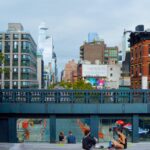



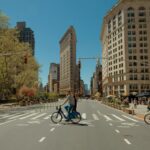
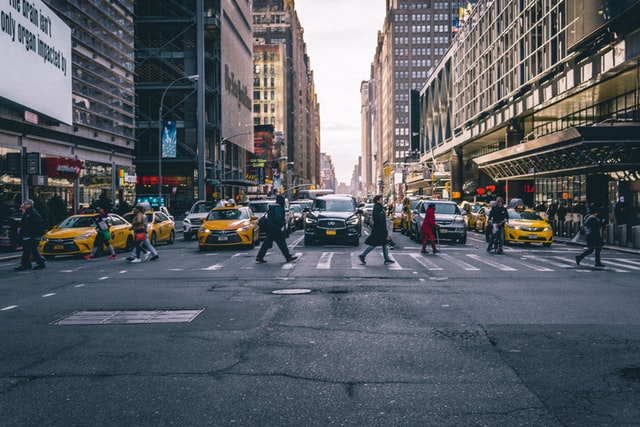
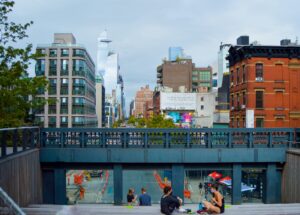
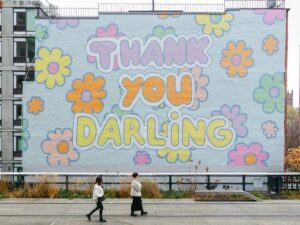

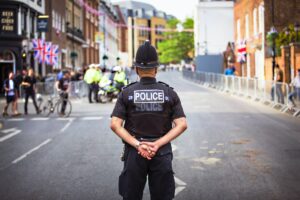
More Stories
The best outdoor art in NYC this winter (2024)
Activists vow to keep installing guerrilla benches at East Bay bus stops
A Blueprint for Public Realm Leadership